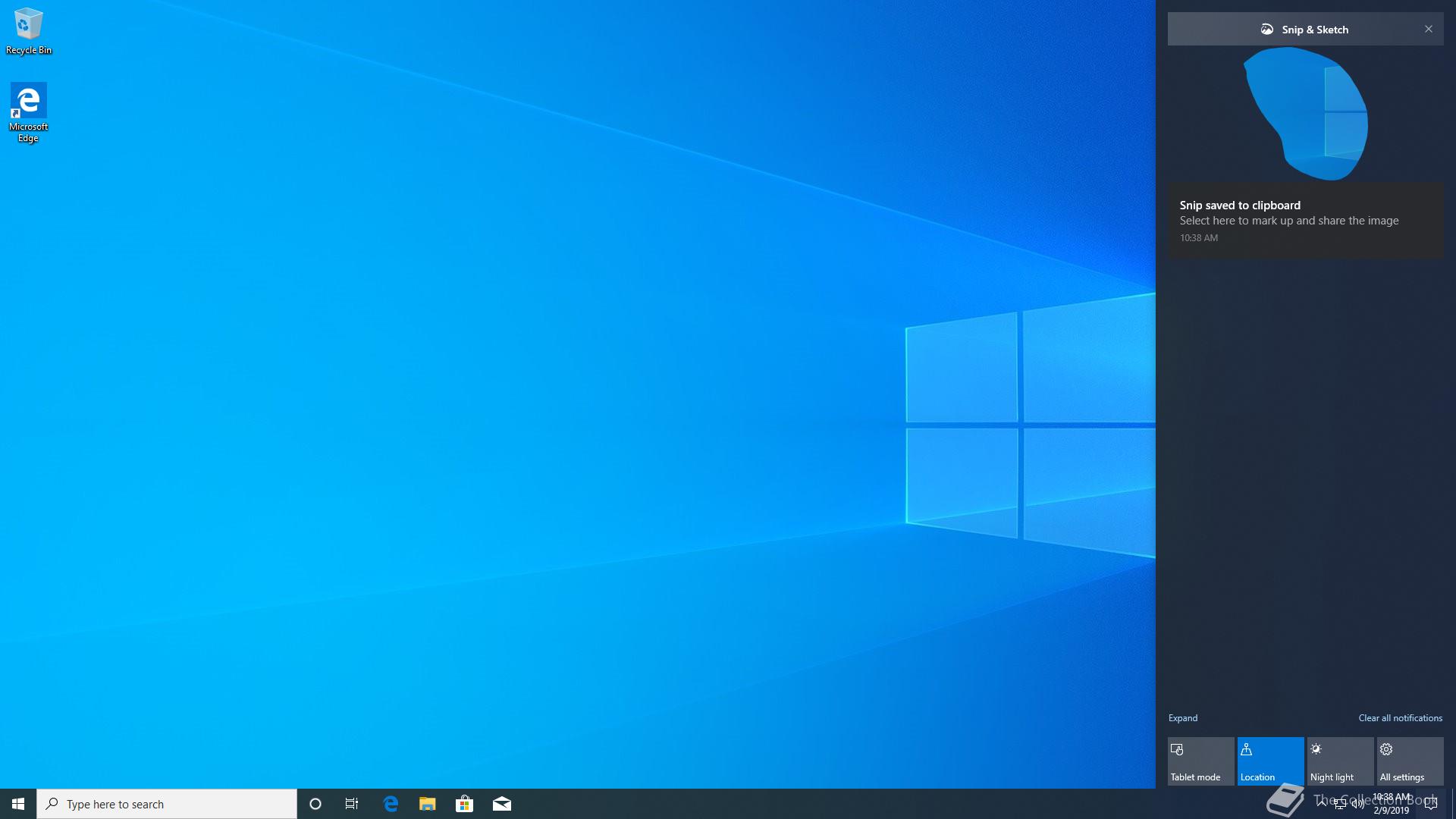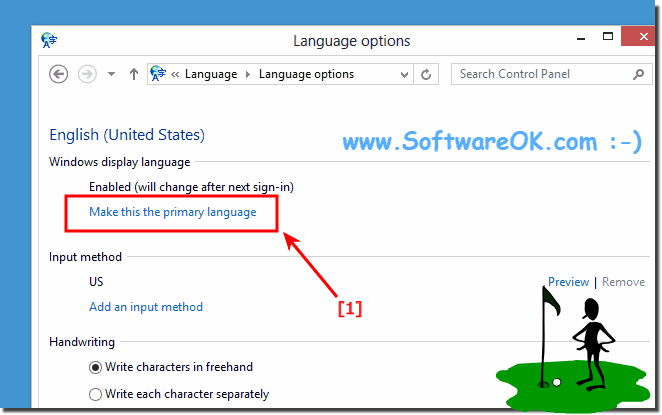-->
This topic captures known issues that affect language provisioning in Windows 10.
2.) Download the Language Packs for 64-bit (x64) Windows 7 RTM MUI Language Packs! In special cases, if you need to work with multiple people with different languages on one computer, you must change the user interface to the user's native language. This is not possible without installing the appropriate language pack.
- In fact, you should uninstall any language packs before upgrading. For example, if the default language your copy of Windows 7 Ultimate was installed in is French and you added a English Language Pack; you will need install a language pack for English after setup is complete if you are upgraded to Windows.
- Microsoft Security Essentials provides real-time protection for your PC that guards against viruses, spyware, and other malicious software. It can be used in Windows XP, Vista and 7. Both 32 and 64-bit versions are supported. We post regular updates about MSE new versions release in our exclusive topic which can be found here.
- Serbian (Latin) Language Module for Microsoft Dynamics NAV 2009 R2. This file is a language module for Serbian (Latin), ID 2074 (SRL), that can be used to run multilanguage functionality. Important: You cannot use this language module unless your personal license file contains the language granule for this language.
Adding Local Experience Packs (LXPs) in Windows 10 version 2004 and later versions: Known issue
When servicing a Windows image that contains LXPs with a cumulative monthly security update or public preview, the corresponding LXP ISO for that update needs to be downloaded and installed to the system image prior to launching OOBE. If this step is skipped, then the user may experience unexpected language fallback (e.g., see text in a language that they cannot understand) until they are able to update their LXP via the Microsoft Store. Note that LXPs cannot be updated via the Microsoft Store until OOBE is completed (i.e., device has reached the Desktop) and the device has established internet connectivity.
To find the correct LXP ISO for your associated monthly quality update, look for the abbreviation of your update in the LXP ISO filename (e.g., 9B). If a quality update doesn't have a corresponding LXP ISO, use the LXP ISO from the previous release. Entries in the table below are listed from newest to oldest.
| Monthly quality update | Servicing update file name and KB article | LXP ISO part numbers and/or filenames |
|---|---|---|
| *5C | 2021-05 Cumulative Update Preview for Windows 10 Version 2004 for x64-based Systems (KB5003214) | |
| *4C | 2021-04 Cumulative Update Preview for Windows 10 Version 2004 for x64-based Systems (KB5001391) | |
| *4B | 2021-04 Cumulative Update Preview for Windows 10 Version 2004 for x64-based Systems (KB5001330) | |
| *3C | 2021-03 Cumulative Update Preview for Windows 10 Version 2004 for x64-based Systems (KB5000842) | |
| *2C | 2021-02 Cumulative Update Preview for Windows 10 Version 2004 for x64-based Systems (KB4601382) | |
| *1C | 2021-01 Cumulative Update Preview for Windows 10 Version 2004 for x64-based Systems (KB4598291) | |
| *11C | 2020-11 Cumulative Update Preview for Windows 10 Version 2004 for x64-based Systems (KB4586853) | |
| *10C | 2020-10 Cumulative Update Preview for Windows 10 Version 2004 for x64-based Systems (KB4580364) | |
| *9C | 2020-09 Cumulative Update Preview for Windows 10 Version 2004 for x64-based Systems (KB4577063) | |
| *9B | 2020-09 Cumulative Update for Windows 10 Version 2004 for x64-based Systems (KB4571756) |

*The number aligns to the month (e.g., 9 = September), and the letter aligns to the quality update type. See this blog post for more information on the monthly update terminology and servicing cadence.
Adding language packs in Windows 10, version 1803 and later versions: Known issue

In Windows 10, version 1803 (build 17134) and later versions, you use Lpksetup.exe or Deployment Image Servicing and Management (DISM.exe) to add language packs to an image. However, the language does not automatically appear in the list of Windows display languages under Settings > Time & Language > Language.
Cause
Beginning in Windows 10, version 1803, a background cleanup task removes language packs that are not actively used. The list of Windows display languages shows only the languages of the language packs that have been used. It is possible for the cleanup task to remove a language pack before the language pack can be used.
Resolution
The specific steps to resolve this issue depend on the version of Windows 10 that you are using.
Windows 10, version 1903(build 18362) and later
After you install the language pack, change the Group Policy that governs the affected computer. To do this, set the BlockCleanupOfUnusedPreinstalledLangPacks Group Policy Object (GPO) to Yes.
After you make this change, the added language remains visible under Settings > Time & Language > Language > Windows display language.
Windows 10, versions 1803 and 1809
Important

When you run the commands that are described in this section, you must use the security context of the user who will use the language pack. If more than one user will be using the system, you have to run these commands under the security context of each user in turn.
After you install the language pack, add the language pack to the user language list. To do this, open a Windows PowerShell window, and run the following commands:

In these commands, <language> represents the language code of the language pack that you want to add.
To verify that the language pack was added to the user language list, run the Get-WinUserLanguageList cmdlet.
Example
Note
This example adds the Spanish language pack ('es-es') to the list of Windows display languages. To add other language packs, replace all instances of 'es-es' with the language code of the desired language pack.
Install a language pack by using Lpksetup.exe or DISM.exe. To do this, open an elevated Command Prompt window, and run one of the following commands:
Verify that the language pack is installed. To do this, type the following command at an elevated command prompt:
Depending on the version of Windows 10, do one of the following:
- Windows 10, version 1903(build 18362) and later: Change the Group Policy that governs the affected computer. Set the BlockCleanupOfUnusedPreinstalledLangPacks Group Policy Object (GPO) to Yes.
- Windows 10, versions 1803 and 1809: Open a PowerShell window and run the following commands:
To verify that the language is now available, do one of the following:
- In a PowerShell window, run Get-WinUserLanguageList.
- Select Settings > Time & Language > Language > Windows display language, and verify that Español (España) appears.
- In a PowerShell window, run Get-WinUserLanguageList.
Available Language Packs For Windows | Microsoft Docs
Adding language packs in Windows 10, version 1903 and later versions: Known issue
In Windows 10, version 1903 (build 18362) and later versions, you install an additional language pack (for example, French) during Windows deployment. Then, you set the input locale in the unattend.xml file by changing the InputLocale setting to French as follows:
It is expected that only the system input locale and the keyboard layout are changed to French. However, the display UI language <UILanguage> for the system context is also changed to French.
Note
This issue also occurs when a deployment tool (for example, Microsoft Deployment Toolkit (MDT)) is used.
See Full List On Docs.microsoft.com
You can work around this issue by using one of the following methods:
Windows 7 Serbian Language Pack
- Use the value 0409:000040c instead of fr-FR in the InputLocale setting as
<InputLocale>0409:000040c</InputLocale>. - Install the French language pack after the deployment.
- Reset the display UI language to English by running the following command:
PsExec64.exe -s -accepteula -nobanner powershell.exe Set-WinUILanguageOverride -Language en-US